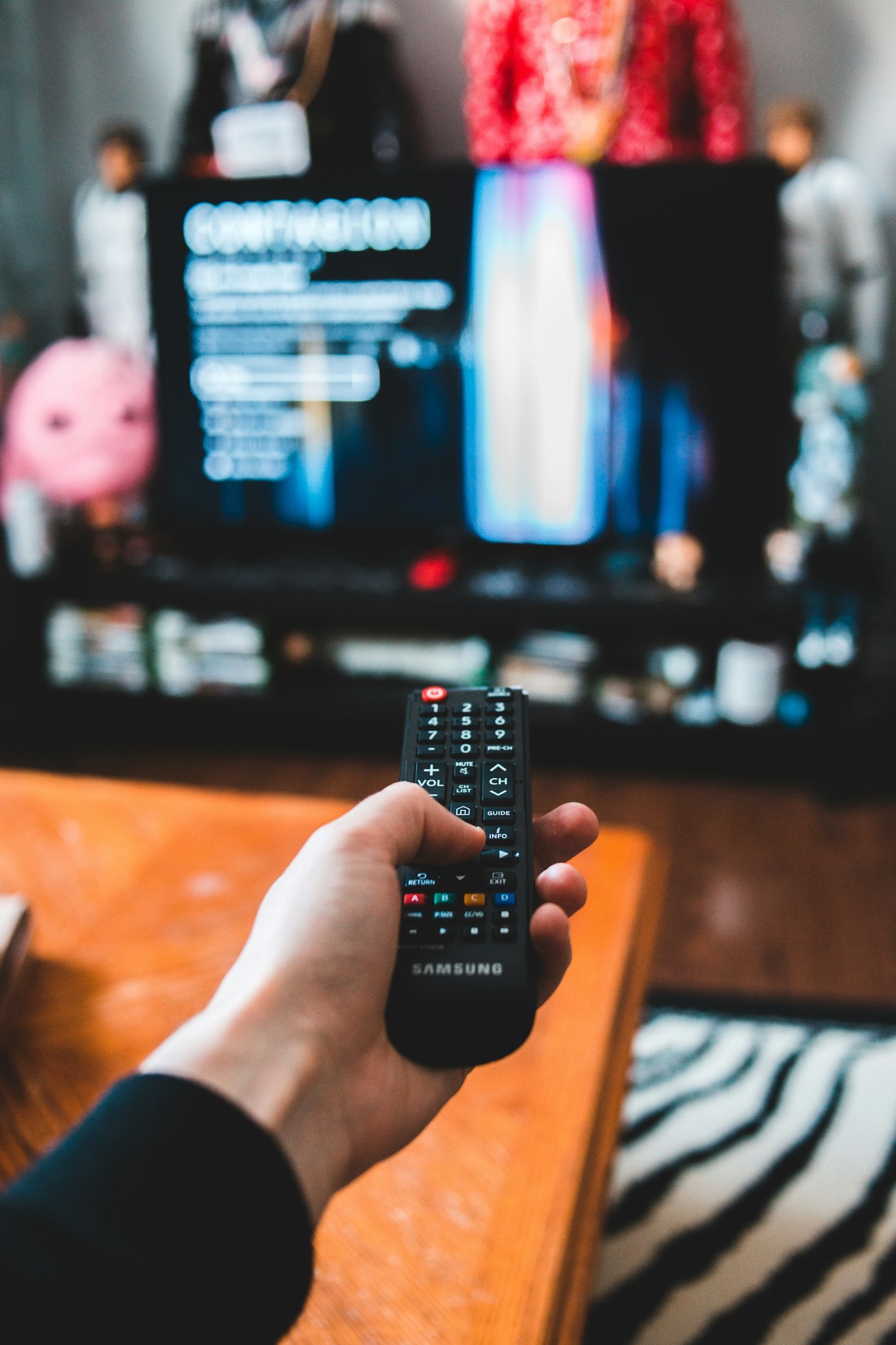
For years, millions of British households have been getting their fix of Eastenders, Bake Off and Countryfile through Freeview – the free-to-air digital television service that arrived in 2002. But as internet streaming goes mainstream, a major shakeup is in store for how we watch our favourite shows. The UK looks set to transition from traditional digital terrestrial television (DTT) like Freeview to IPTV – telly delivered over internet protocol.
While a wholesale move to an internet-based TV system may seem drastic at first, the writinghas been on the wall for some time. Streaming giants like Netflix, Disney+ and Britbox have already upended viewing habits, with Ofcom reporting that three-quarters of UK homes subscribed to at least one video streaming service by the end of 2021.
But IPTV takes streaming one step further by essentially replacing the aging terrestrial broadcasting infrastructure with an internet delivery system for live and on-demand programming. Many in the industry believe this transition is already underway and inevitable.
“IPTV is where everything is heading,” said Alex Buchan, SVP of Licensing at Retrans, in a 2022 interview. “The DTT platform’s days are numbered…it simply won’t survive the onslaught of low-cost, targeted IPTV services.”
So just how might an IPTV system work compared to the current Freeview setup? Let’s take a look:
How Freeview DVB Works Now
Freeview has allowed Brits to watch their favourite channels for free by decoding digital video broadcasting (DVB) signals transmitted over the old analog TV aerial network. Using an affordable set-top box or smart TV with a built-in tuner, you simply run an channel scan to pull in all available programming.
The key benefits are obvious – no monthly subscription fees and access to all the major broadcasters like BBC, ITV, Channel 4 and Channel 5. But there are some major limitations too:
- Limited channel selection compared to paid services
- No on-demand capabilities or catch-up for missed shows
- Picture quality can suffer from interference and poor signal
- Basic user experience with no smart TV features
While upgrades like Freeview Play have tried to integrate some on-demand streaming, the core Freeview DTT platform remains a fairly basic content delivery service.
How IPTV Could Work
In contrast, IPTV harnesses internet protocol networks to stream both live and on-demand video content directly to smart TVs, streaming devices, phones, tablets and more. You can think of it like BBC iPlayer or ITV Hub, but for all linear channels and programming.
There are a few potential models that an IPTV system could take in the UK:
Government-Backed Free Streaming Service: The BBC and other public broadcasters could create a free, license fee-funded streaming platform featuring all their live channels along with robust on-demand libraries and players.
“With the meteoric rise of streaming, it’s easy to envisage a world where we have our own ‘BritStreamer’ service that simply pipes out all the free channels and catch-up over the internet with no aerial required,” said BBC R&D controller Andrew Dungate in 2021.
Private Pay TV Streaming Services: Just as NOW TV and Discovery+ currently offer paid bundles over the internet, telecoms and media giants could offer premium live and on-demand IPTV packages for a monthly fee. BT TV is rumoured to be developing a new IPTV service to replace its existing DTT offering.
Free Ad-Supported Platforms: Some predict free, ad-supported IPTV platforms featuring a mix of live channels and on-demand content could emerge, similar to streaming TV services like Pluto TV.
No matter the exact model, IPTV would provide some clear advantages over DTT:
- Virtually unlimited number of channels to choose from
- Robust on-demand libraries and catch-up for missed shows
- Enhanced program guides and interactive features
- Reliable HD picture quality unaffected by signal issues
- Watch across multiple devices – TV, smartphone, tablet etc.
However, significant obstacles would need to be overcome too according to Digital TV Group CEO Jonathan Marshall: “Major challenges around IPTV remain including broadband coverage, cost, ease of installation and energy consumption.”
The Transition Timeline
Many expect the UK’s transition from DTT to IPTV will ultimately unfold as a gradual, phased process over a period of years rather than an abrupt changeover.
For example, DTT services like Freeview may stick around into the 2030s, with IPTV options being offered alongside at first. Some analysts predict DTT could eventually be phased out completely by the 2040s or 2050s once IPTV adoption reaches nationwide saturation levels and broadband becomes ubiquitous.
As David Sydee, president of Strategy Analytics, bluntly put it: “The DTT platform is unlikely to be around in 20 years’ time in the UK.”
But with the nation’s viewing habits already firmly pivoting to streaming, it does seem inevitable that IPTV will become the new standard for television delivery across British homes in the not-too-distant future.
As we continue forging ahead into the internet age, get ready for a telly experience that is more robust, interactive and on-demand than ever before through the power of IPTV.





